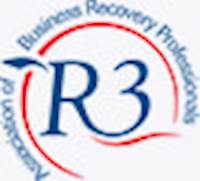There are two types of voluntary Liquidation; a members voluntary liquidation (MVL) and a creditors voluntary liquidation (CVL). A companies solvency determines which voluntary liquidation procedure is used for a voluntary winding up.
- A members voluntary liquidation may be used where the directors / owners believe the company is solvent (a solvent liquidation).
- Should a company be insolvent and unable to pay its debt, a creditors voluntary liquidation can be used. Funding an insolvent liquidation.
Both types of voluntary liquidation are initiated by the company itself, passing a resolution at a meeting of the members (shareholders). A liquidator will realise assets and make a distribution to creditors. 
6 Benefits to choosing us as liquidator.
In voluntary liquidations, the Gazette is used to advertise the liquidation. Once the liquidation is concluded a distribution to creditors may be available before the company is dissolved (unless the court defers its dissolution). Any surplus funds after the payment of creditors will be available to the members.
A voluntary liquidation may start life as a members voluntary liquidation, but during voluntary liquidation change into a creditor voluntary liquidation, as insolvency becomes apparent.
With a members voluntary liquidation a distribution to members is taxed as a capital distribution so a lower tax rate is applied; saving money on taxes.
How we can help
Voluntary liquidation can be complicated.
Why not call today on 0121 720 8647 to discuss your situation and the process of voluntary liquidation? Our professional staff can explore your circumstances and discuss the best options for voluntary liquidation and provide support throughout the voluntary liquidation process.
If you are interested in booking an appointment, then click this link or contact us.
We also advise visitors to visit our FAQ pages and also our blog posts. Alternatively, subscribe for future updates.





